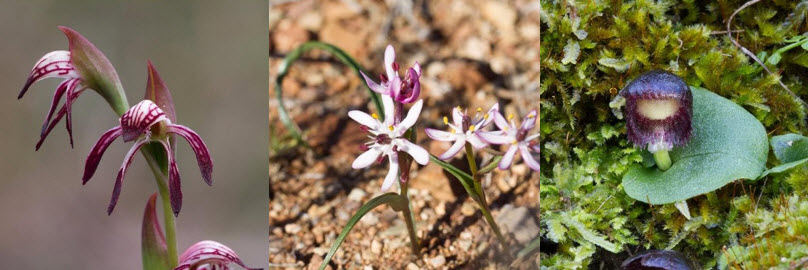Over the last few months, Ian McMaster from Queensland and Kym Nicolson from South Australia, have both uploaded some beautiful images to the ALA. We thought it high time to contact them and find out how and why they use the ALA.
Ian McMaster, current President of Native Plants Queensland, has had a lifelong interest in plants. He first started using the ALA to help identify species he found on his Queensland property. At this time there were very few records on the ALA for his piece of land so he started to upload sightings. Recently, part of Mr McMaster’s Queensland property has been gazetted as a nature refuge.
Mr McMaster now uses the ALA in three different ways.
“I use the ALA as a tool to understand my local ecosystem and the various lifeforms here, including help with identifying species. I share my plant photographs on the ALA while doing this,” he said.
“I also document my travels around Australia and use the ‘Explore your area’ function to find out information about what species I might expect to find when I go travelling.”

Dr Kym Nicolson from South Australia also uses the ALA to help identify plants.
Dr Nicolson, a retiree with an interest in botany and photography, has a large collection of plant photographs from his travels around Australia.
“I thought it was a shame that all these photographs were being wasted, so I started to submit my sightings to the ALA.”
“I also use the ALA species distributions to check what may be unusual in that location and species that have not been recorded there for some time. If I have any photographs of these species, then I prioritise recording them,” Dr Nicolson said.

If you would like to share with us how you use the ALA, please contact us.